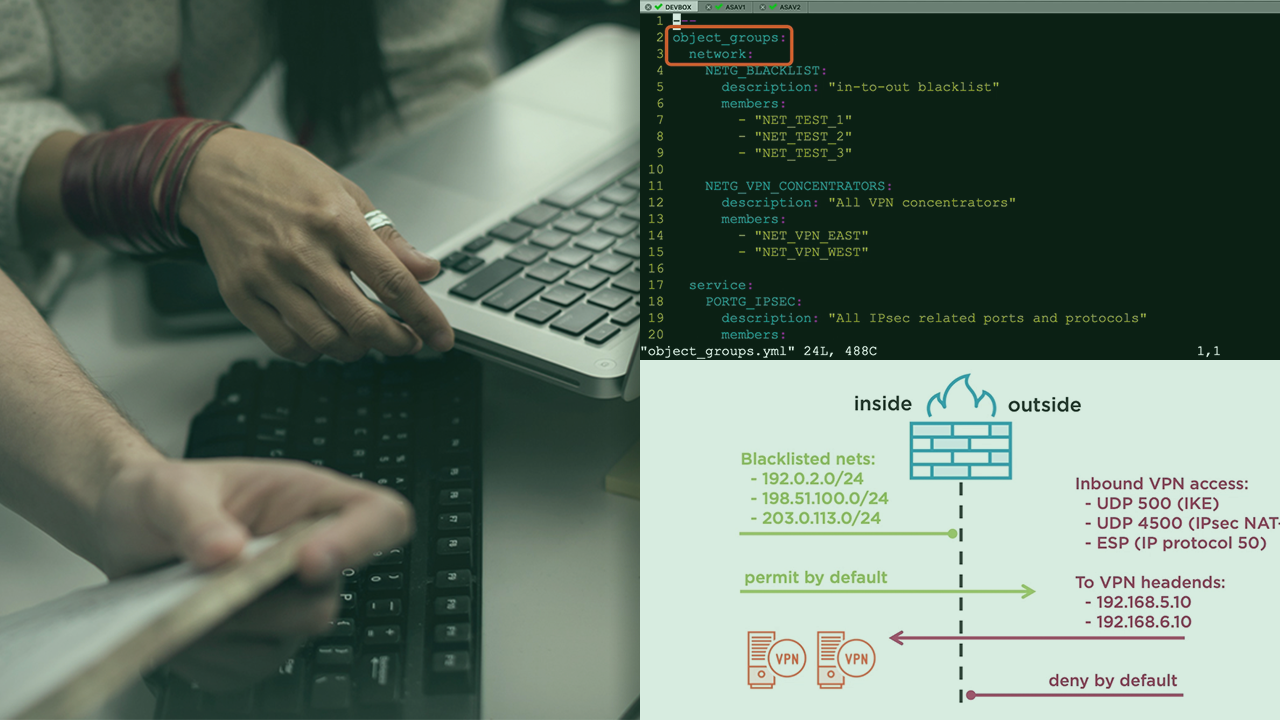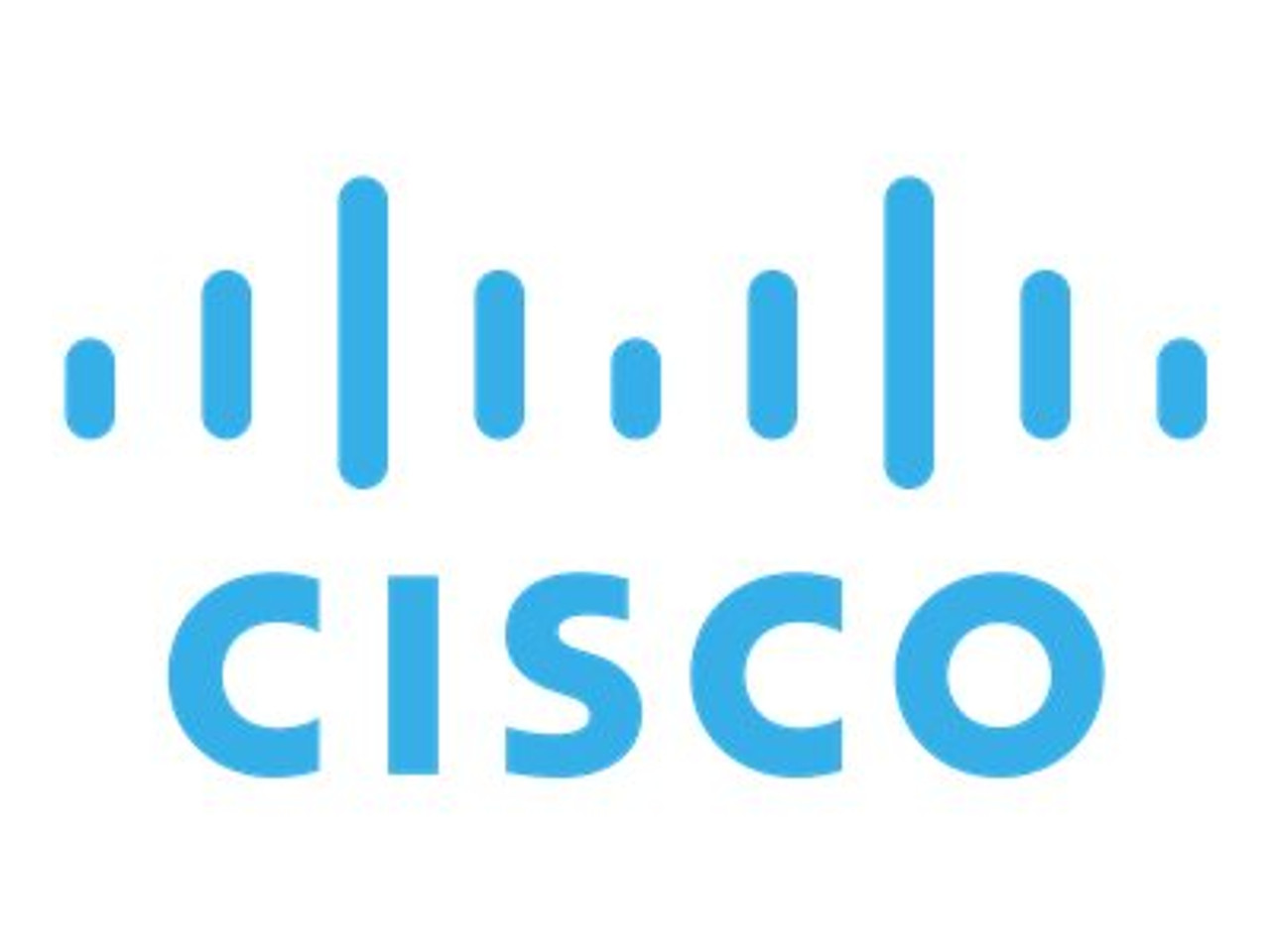
Let us read a single discovery with ID=1: GET /discovery/1 After correcting the URL and pressing the Send button again, we get a meaningful answer: That was, because I had a double-slash instead of a slash in the URL. Let us use it to show all users:ĭo not forget to switch from POST to GET, before you press the Send button. The serviceTicket above then is used as an X-Auth-token for all subsequent requests. So, what do we do with that? Read Users: GET /user Now, on Postman, let us perform our first real command: creation of a ticket. Init: Creation of an authentication Token In the hello world example, we will start with the creation of a ticket. From what I have seen in the video, I just need to enter the link in a browser. Within Postman, I have created a new collection called „Cisco APIC – hello world sandbox“:īefore sending my first REST commands to the Cisco APIC, I would like to explore the self-documented interface. This is the tool I use often to test my ProvisioningEngine and its target systems.
#CISCO ASAV REST API INSTALL#
There, they are requesting that the user should install Postman. Let us go back to the guided tour on the „APIC-EM DB Only Always-On lab“ we had reached from the lab catalog: on the left pane, we can find a link to the sandbox:įurthermore, we can find a link to a hello world guided tour in order to explore the northbound REST interface.
#CISCO ASAV REST API HOW TO#
Note: In this example, we will show how to create, read and delete users using Postman, a chrome app for sending RESTful HTTP commands (most important: POST, GET, PUT, DELETE for Create, Read, Update and Delete of an object). With that, I have reached the APIC-EM portal: There, I could log in with the specified default credentials (removed). Let us keep simple, and try to enter the APIC-EM DB Only Always-On lab: this seems to be a kind of guided lab. When clicking on the „Develop in the Sandbox“ button on the upper right of the page, I reach at the lab catalog. See below more information on the pre-installed labs.

I am a CCIE, so I already had an account. In both cases, they want you to enter a contract number. Note that you need to register with Cisco, if you have not done already, either as a Customer or a Partner.

Instead of installing this monster application, we can also connect to one of the DevNet Learning Labs found in the DevNet Sandbox catalog. However, authorization is required there, while in DevNet, the access is less restrictive. The SW is also available on Cisco’s SW repository. If you still want to install it, the SW can be found via this DevNet page (use IE or Firefox since Chrome is not supported click on „3“). To be more specific: you can install Cisco APIC, but you do not need to install Cisco APIC, if you just want to explore the Cisco APIC interfaces: there is a more clever, cloud-based possibility: DevNet sandboxes offered by Cisco. Quick answer: you should not. The installation on VMware 5.1 or 5.5 would require 6 vCPUs and 64 GB of RAM, 500 GB disk and 200 MB disk I/O speed.
#CISCO ASAV REST API CODE#
Swagger takes care of converting the source code into swagger interactive web pages. Note, that the developer needs to add the content of the swagger documentation to the source code, similar to javadocs. the documentation is generated from source code.that it can be explored through the same interface (but different path) like the API itself.The REST API is self-documenting using Swagger.finding an ACL on a network path that is blocking a certain application.displaying a the network path from arbitrary address A to arbitrary address B.displaying a list of all network devices.




 0 kommentar(er)
0 kommentar(er)
